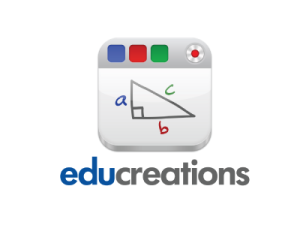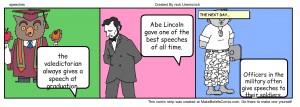www.educreations.com/lesson/view/packaged-play/32430204/?ref=link
https://itunes.apple.com/us/app/educreations-interactive-whiteboard/id478617061?mt=8
Price: free (upgraded version for $11/month)
The Educreations app was the screencasting app that I chose for this assignment. I have done language arts themes for every assignment so far; and while I enjoy doing language arts projects, I haven’t gotten to do anything relating to coaching over the last couple of years. In the app description, it says that it would be a great app for diagramming sports plays; so that’s what I did! I used a scenario where our football team would be adding in a new wrinkle to attack this week’s opponent. I could see a lot of ways to do language arts lessons with this app. For in-class assigned novels, you can use the videos as outlines for what happens in chapters or certain sections. You can do grammar lessons by voicing over and correcting words/sentences with the red pen feature.
It was easy to use and had enough features even for the lite version.The upgraded version is $11 per month. From what I can see, the only feature that really makes me want the upgraded version is the ability to save videos to your camera roll. With the lite version you can still join groups, share assignments with others, and save drafts. The only real problem was that for the life of me I could not embed the actual video into my blog post. The link takes you right to my profile, though.





